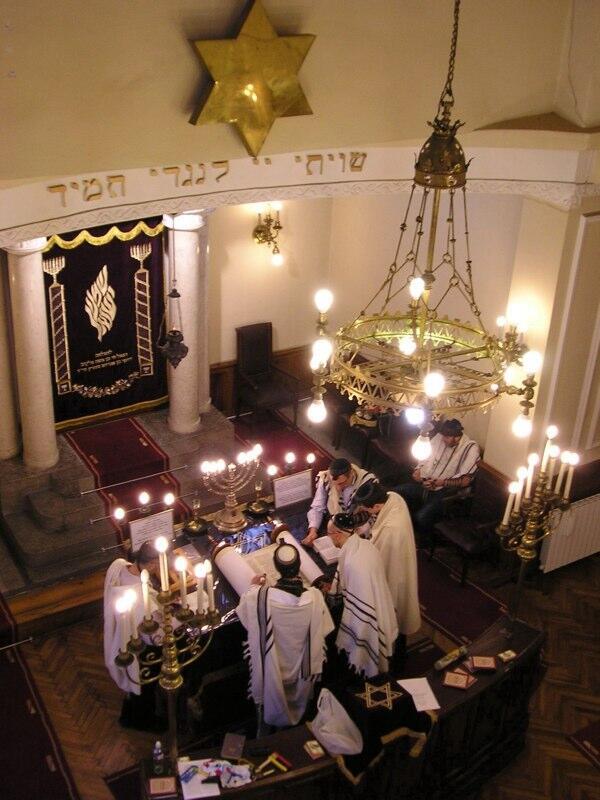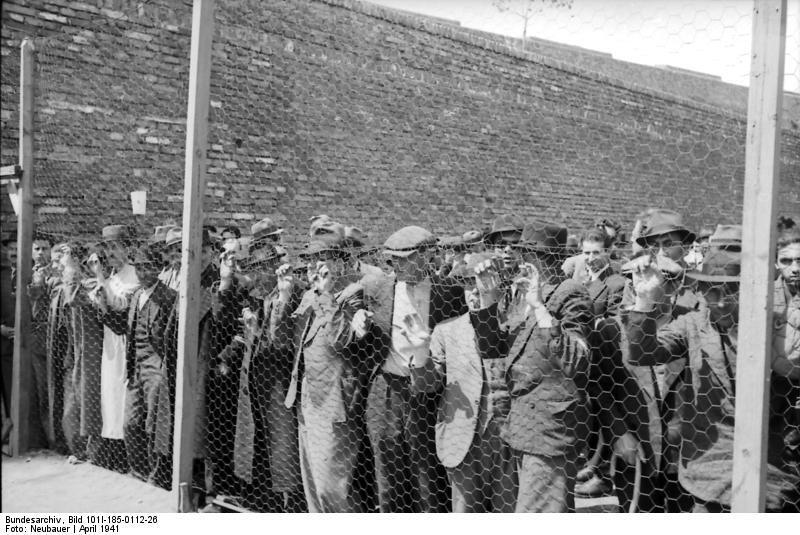Unlike other Jewish communities in the Diaspora, which were once very prominent but have vanished over the centuries, the community in Belgrade, Serbia, has always been on the verge of extinction but managed to survive against all odds.
The city's Jewry managed to survive the Holocaust, the war in Yugoslavia, and other regional upheavals. Nowadays, some 3,000 Jews are living in Serbia, most of them in the capital, Belgrade.
2 View gallery


The Sukkah of Shalom synagogue in Belgrade, Serbia
(Photo: Courtesy of Rabbi Isaac Asiel)
The city has only one synagogue - Sukkah of Shalom - and it is one of the few synagogues that remain standing in Serbia after the Holocaust.
According to the chief Rabbi of Serbia Isaac Asiel, the community is comprised of both Ashkenazi and Sephardic Jews, but prayer is held in the traditional Sephardic rite of the Jews who were exiled from medieval Spain and settled in the Balkans.
Evidence of Jewish life in Belgrade dates back all the way back to the 14th century. According to researcher Hadassah Kleiman, the city became a bustling religious center in the 17th century with a sprawling network of charities and houses of prayer.
Kleiman discovered that during World War I, Belgrade's Jews participated in the Serbian war effort, and rabbis helped stoke patriotic sentiment among their flocks. After the subsequent establishment of Yugoslavia, the Jewish community numbered some 70,000 people.
The 1940s marked the end of an era in the Balkans. Anti-Semitic press, anti-Jewish laws, and especially the Nazi invasion of Serbia, led to the annihilation of most of the community. Records show that some 12,000 Jews resided in Belgrade in early 1941, but after the war, only 600 remained. After the Nazis were defeated, the community was able to slowly recover, but a large portion of its members immigrated to Israel or other countries.
According to Rabbi Asiel, the community made great efforts after the Holocaust to restore the Jewish presence in the city and rebuild its institutions. But then 1992 came and the small community faced yet another challenge — the Yugoslav wars which ended in the dissolution of the Yugoslav federation.
"Every time we found some stability, various events caused people to leave and disperse the community," Rabbi Asiel said. "Some members traveled during the war to other countries, others immigrated to Israel – and it was only after the war and the establishment of Serbia that we managed to restore the Jewish community in Belgrade."
However, Rabbi Asiel stays optimistic. "If we look at everything that's been going on in the Balkans and in Belgrade in particular, many thought that the Jewish community was history. It faced many challenges, better or worse governments - and especially many wars and upheavals. Every time you think the community is going to go extinct, it survives eventually."


